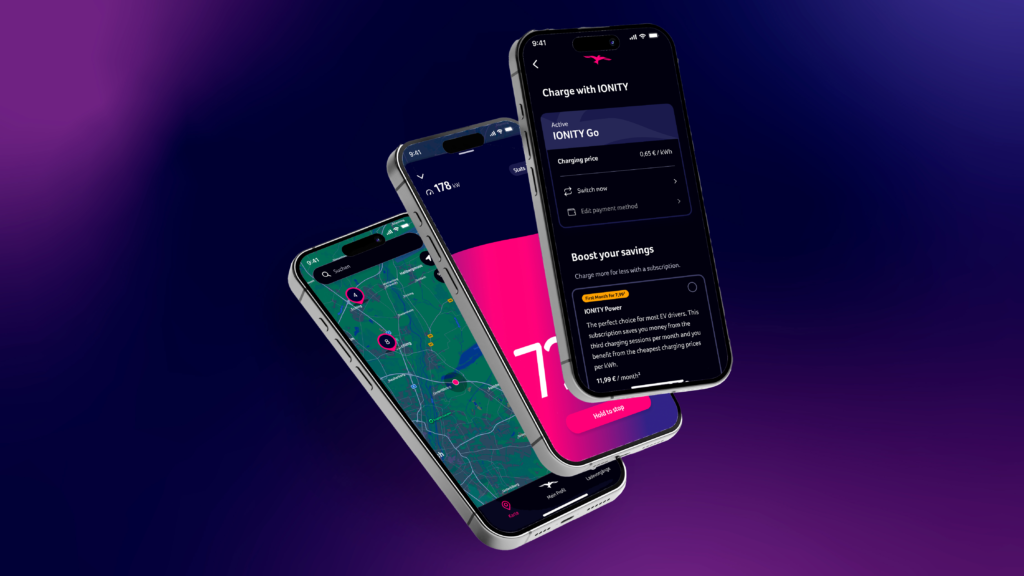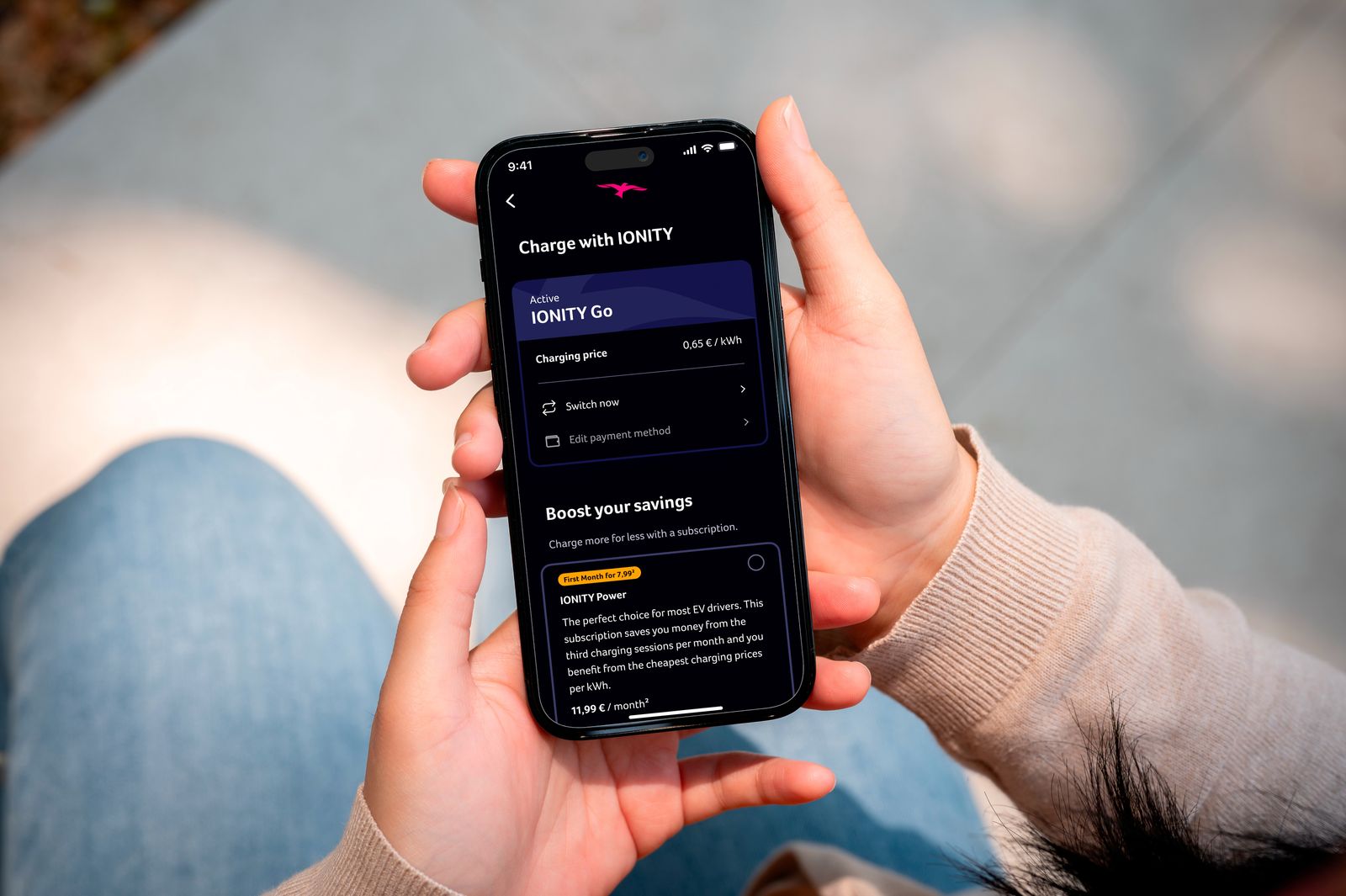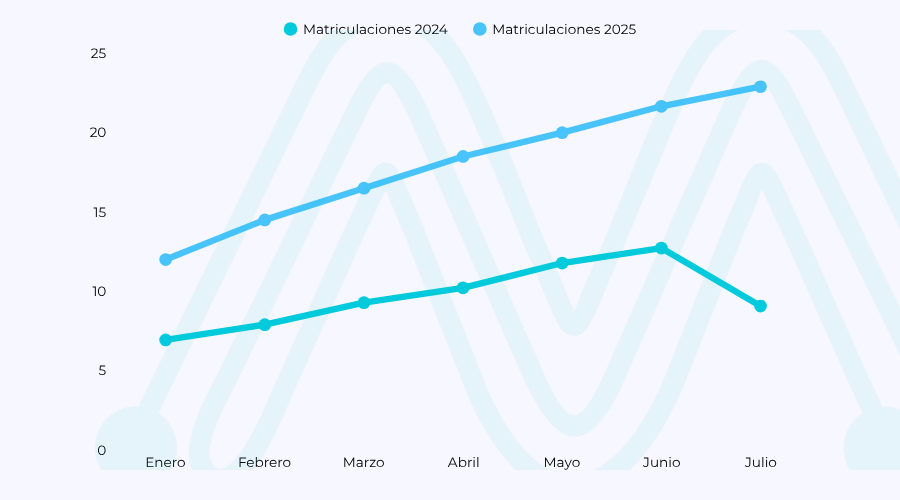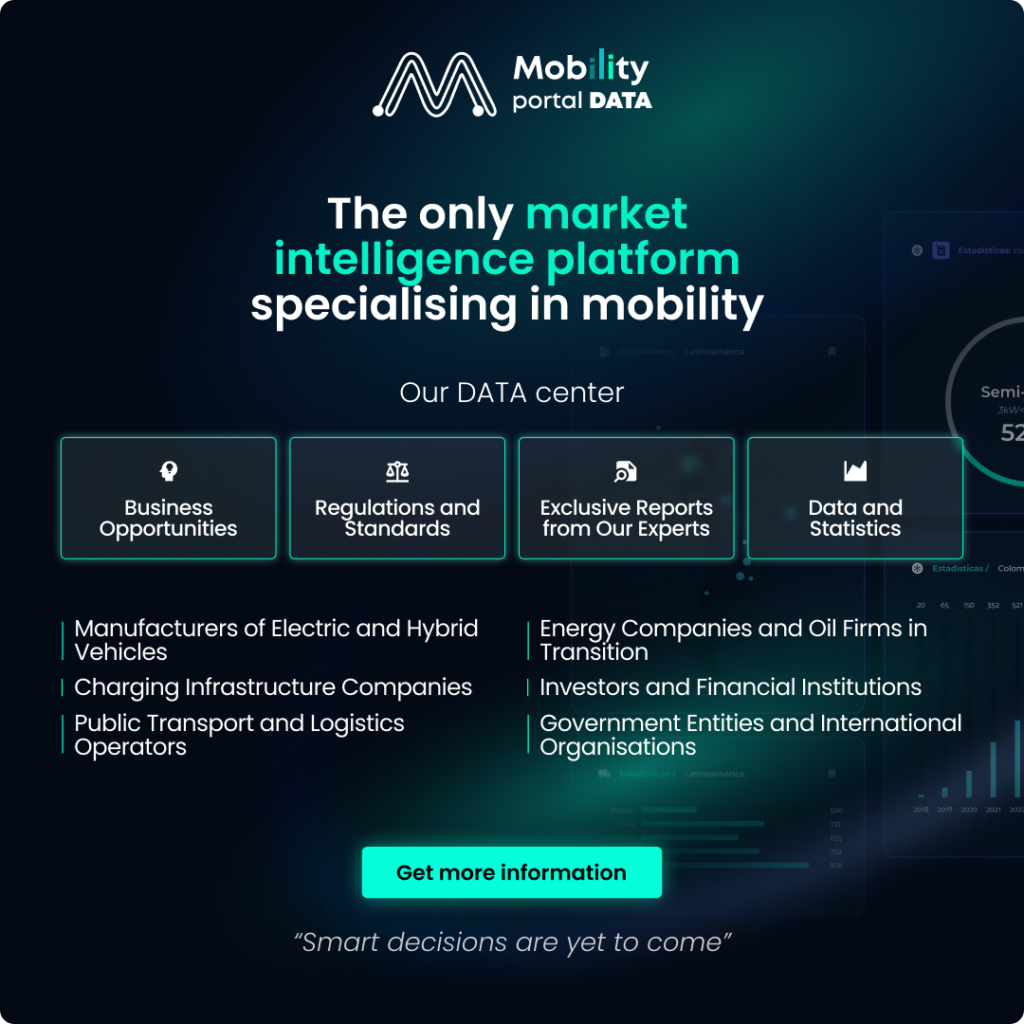IONITY Go allows users to charge at all 4,800 IONITY charge points with up to 400 kilowatts of power for just 0.71 GBP per kWh, with no subscription or monthly fees required.
Accessible only through the IONITY App, IONITY Go customers save money compared to the provider’s ad-hoc price.
The app itself has just enjoyed a revamp — including a complete user interface overhaul — set to launch in the coming days. It allows users to plan routes, find stations, track charging progress, and pay for charging sessions across 24 European countries.
Users start and end sessions directly from the app without interacting with the station.
After charging, customers can conveniently and transparently view all charging details directly in the app.
“Electric mobility must be effortless and centred on the customer. IONITY Go and the IONITY App empower drivers to charge on their terms – with simplicity, speed, and flexibility. It’s e-mobility done right,” says Jeroen van Tilburg, CEO of the firm.
About IONITY
The company builds and operates Europe’s leading ultra-fast charging network for electric vehicles (EVs), open to all brands.
With High Power Charging (HPC) of up to 400 kilowatts, IONITY recharges EVs within minutes — often faster than a coffee break.
Totalling over 700 high-quality charging stations and 4,800+ HPC points across 24 European countries, the network is supplied exclusively from 100% renewable sources, driving the transition to carbon-neutral travel.
Its pure 800V charging infrastructure, built to support both current and future electric carsa, positions IONITY at the forefront of e-mobility.
Founded in 2017, the company is a joint venture of BMW Group, Ford, Hyundai, Kia, Mercedes-Benz, Volkswagen Group (including Audi and Porsche), and BlackRock’s Climate Infrastructure Platform.

READ MORE
-
MPD: España matricula 134.063 vehículos electrificados hasta julio y supera todo 2024
Con un crecimiento interanual del 92%, el mercado de vehículos eléctricos e híbridos enchufables avanza a ritmo récord. El análisis de Mobility Portal Data destaca como Madrid y Cataluña concentran más del 50% del mercado.Aquí, todos los detalles del desempeño eMobility de julio.
-
The UK enters a “decisive” phase: can the network ease charging anxiety enough?
The government recently announced that it has reached 82,000 public charging points. This is a positive sign for those who own or are considering purchasing an EV. However, beyond focusing on quantity, the UK must also prioritize quality. Which areas have the least charger coverage?
-
From Amsterdam to Pamplona: Sungrow targets eMobility leadership with European I+D and local presence
With an innovation centre in the Netherlands and an operational hub in Spain, the global firm combines technology tailored to the European market with local stock, after-sales support, and integrated solutions. Its goal: to lead the EV charging infrastructure market with efficiency and proximity.










